There is a sense of excitement when one sets off on a safari. The nip in the air, the fragrance of a fresh forest waking up to the warm rays of the sun, all tingle the senses. What hidden treasures will the jungle reveal this time? This being our first visit to Bandipur National Park, the anticipation was even more! The jungle is an immersing experience of sight, sound and smell. There is so much more to a Forest Reserve than the big cats. I have never found the jungle to disappoint.

Green Bee-eater
On one such early morning drive, our naturalist from JLR, Basavanna, brought the jeep to a sudden halt. “Eagle!”, he said. All heads turned in the direction of his pointed finger. Perched on a low branch of a nearby tree, we spotted a Crested Serpent Eagle devouring breakfast. Held down by the talons was a snake still writhing to escape. The Eagle was having none of it. Pressing down hard, the head of the snake was ripped apart by the eagle. Sympathy for the snake was tempered with the knowledge that the food chain is such an integral part of our ecosystem. We watched as nature ran its course.
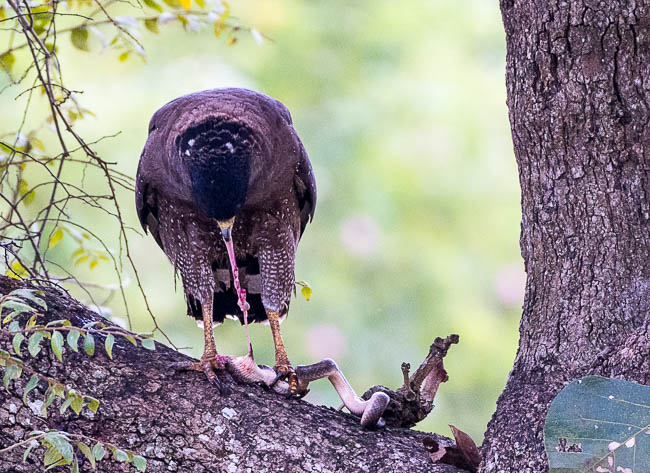
Crested Serpent Eagle
Another interesting sighting was of the Crested Hawk Eagle, with what looked like an Egret kill. Proudly showing off its crest, with a single-minded focus on finishing what remained of the Egret! The Crested Hawk Eagle has a beautiful contrasting white underside with streaks of brown and beautiful plumes to boot.

Crested Hawk Eagle
It appears that nothing goes to waste in a jungle. Out in the grass was a pair of Stripe-necked Mongoose busy digging with their forefeet into elephant dung mounds. This mongoose has a distinct stripe on the side of the neck, hence the name. Karthikeyan, the Chief Naturalist for JLR, who we were very fortunate to have with us on a couple of drives, educated us on what these furry mammals were up to. They were aggressively looking for Dung Beetles. The elephant dung contains a lot of undigested grass and some liquid. The Beetles feed on this liquid and the Mongoose feed on the Beetles! We managed to spot a few unfortunate beetles in the mouth of the younger mongoose!

Stripe-necked Mongoose

Since long, human characteristics have been attributed to birds and animals. The unwavering, all-knowing stare of the owl is associated with wisdom. Early in the morning we chanced upon the wise eyes of the Brown Fish Owl. Sitting still on the horizontal branch of a tree, it was looking straight at us with its big yellow eyes. Our day was made! A distinctive feature of the fish owl are the tufts protruding on either side of the head. The fish owls also have relatively long and clear legs, adapted to catch fish with ease. Following an uninterrupted gaze from the tree resident and the awestruck gazes from the jeep travellers, the owl decided he’d had enough of us. With a quick turnaround, it decided to take off to another tree. A collective sigh of satisfaction emanated from the jeep party!
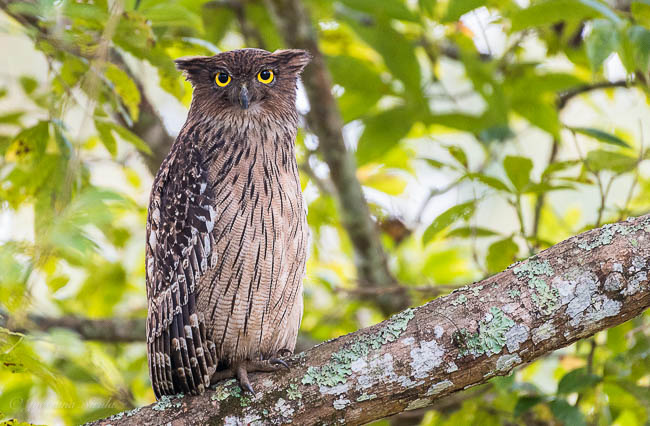
Brown Fish Owl
Bandipur is quite an open forest, compared to say Kabini. Being on the rain shadow side, it receives relatively less rainfall. This makes Bandipur one of the best places to see the Asian Elephants. We had come across a few on the safaris but nothing could beat the sighting of this herd. Majestic and seemingly without a care in the world, they were crossing the road ahead of us. Adults with baby elephants in tow. While watching them, we noticed one break away and head towards the grass on our right. Elephants have a strong sense of smell. Water, that none of us could see, hidden by the tall grass, is what the elephant had reached out for. Mesmerized by the agile moves of their strong muscular trunks, we watched them with fascination. Must admit most eyes were glued to the antics of the baby elephants!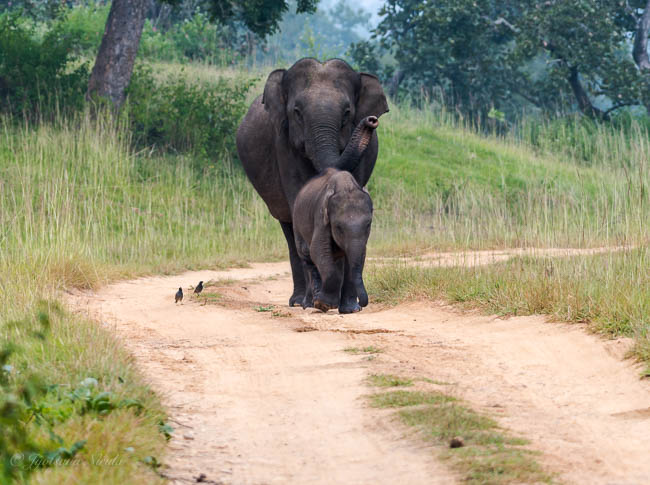
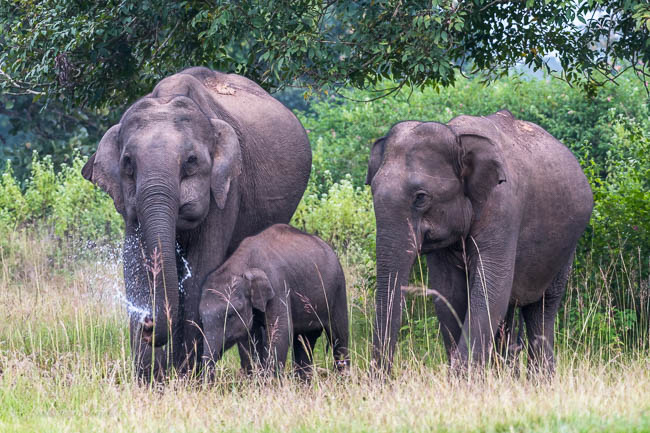
Asian Elephants
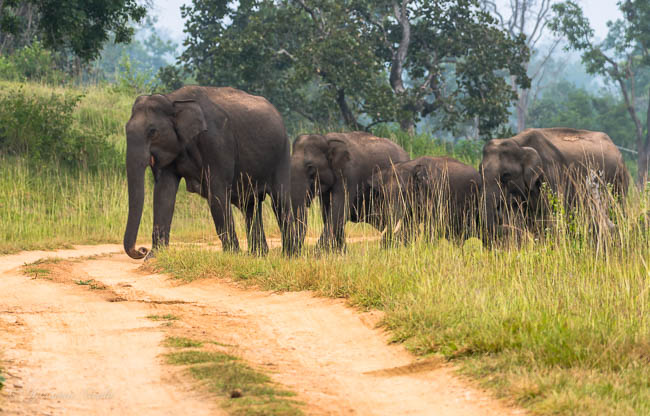 There is always something new to learn from nature. We observed some Sambar Deer had a bright red patch, a ‘sore spot’, on the neck. There seem to be various views on the reason or purpose of this patch. Since it occurs during the winter months of rut, there may be a possibility of the two being connected. It’s not an injury but probably a gland oozing fluid.
There is always something new to learn from nature. We observed some Sambar Deer had a bright red patch, a ‘sore spot’, on the neck. There seem to be various views on the reason or purpose of this patch. Since it occurs during the winter months of rut, there may be a possibility of the two being connected. It’s not an injury but probably a gland oozing fluid.
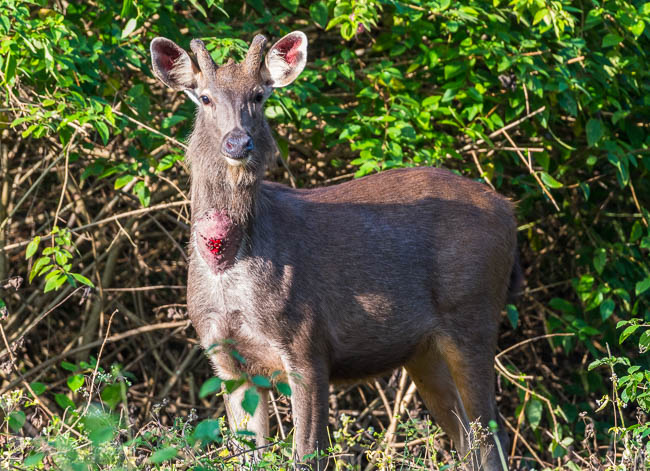
Sambar Deer
The feathered kind kept us engaged on all the safaris. We managed to see the Black Eagle fighting off a smaller raptor. The Bronze-winged Jacanas, Spot-billed Ducks, Lesser Whistling Ducks, Little Grebes, White-breasted Waterhens, Coots and Moorhens adorned the water bodies. Along the way we spotted Shrikes, Barred Buttonquails, Greater-racket tailed Drongo, Paradise Flycatcher, Shikra, Woodpeckers, Blue-faced Malkoha, Chestnut-tailed Starlings, Greater Spotted Eagle, Indian Golden Oriole and the Black-hooded Oriole to name a few.
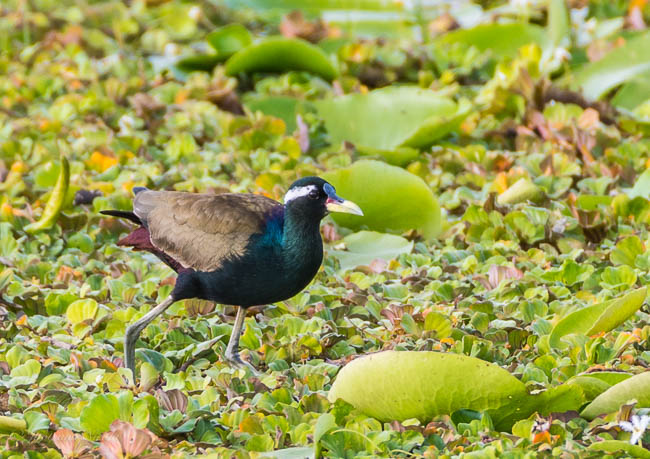
Bronze-winged Jacana
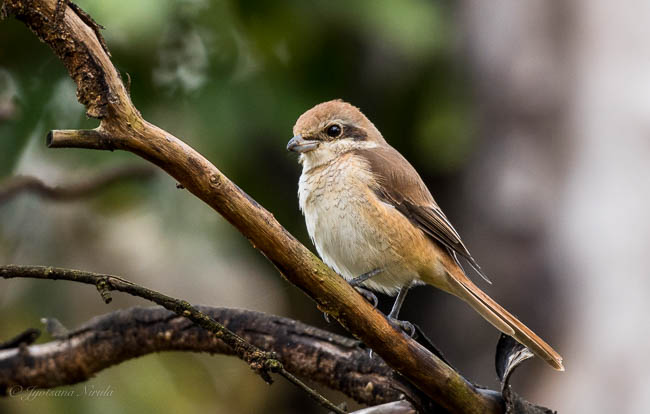
Brown Shrike
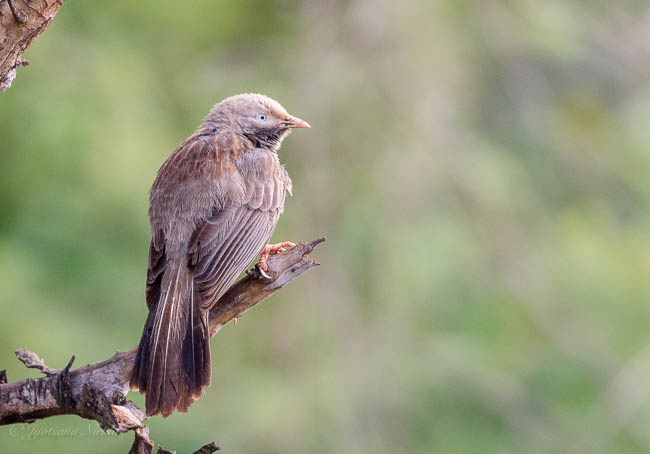
Yellow-billed Babbler
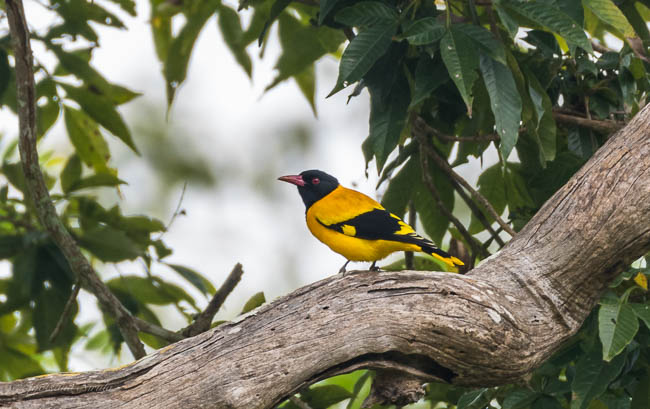
Black-hooded Oriole
While the safaris rewarded us with plenty of bird watching, sightings from our cottage at the Lodge were a bonus. Lounging in the patio, we managed to see the White-browed Wagtail, Purple-rumped Sunbird, Common Iora, Asian Brown Flycatcher, White-bellied Drongo, Great Tit and the Common Tailorbird. Nothing disappointing about our trip to Bandipur!

White-browed Fantail

Asian Brown Flycatcher

Great Tit

White-bellied Drongo

Purple-rumped Sunbird

Common Iora